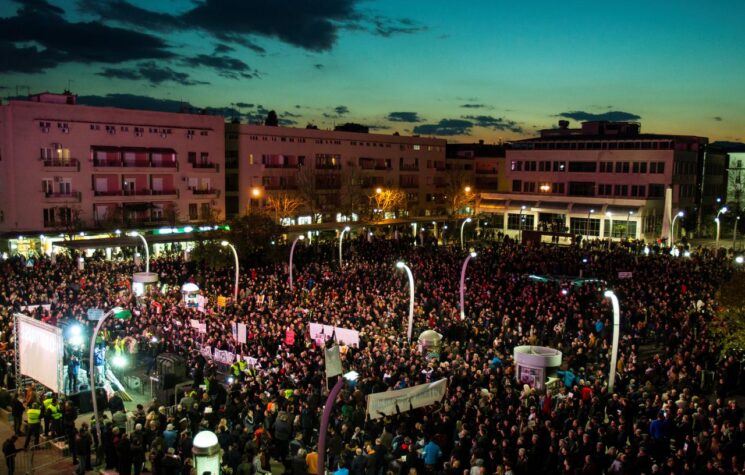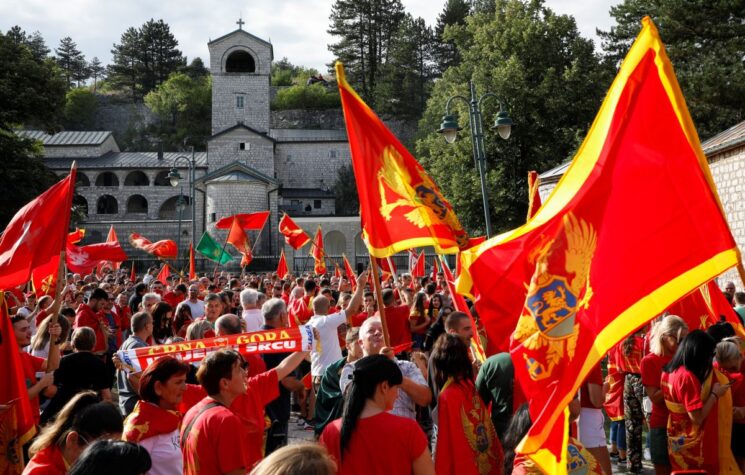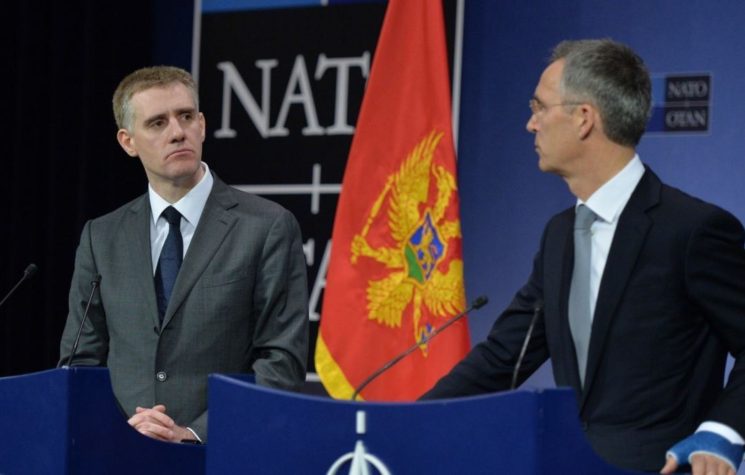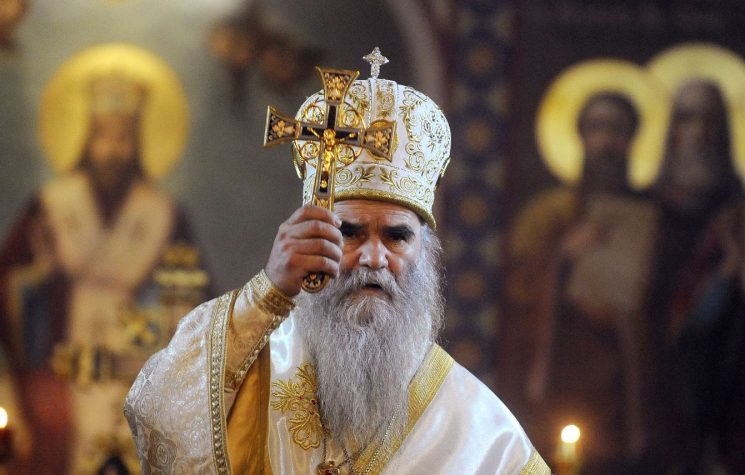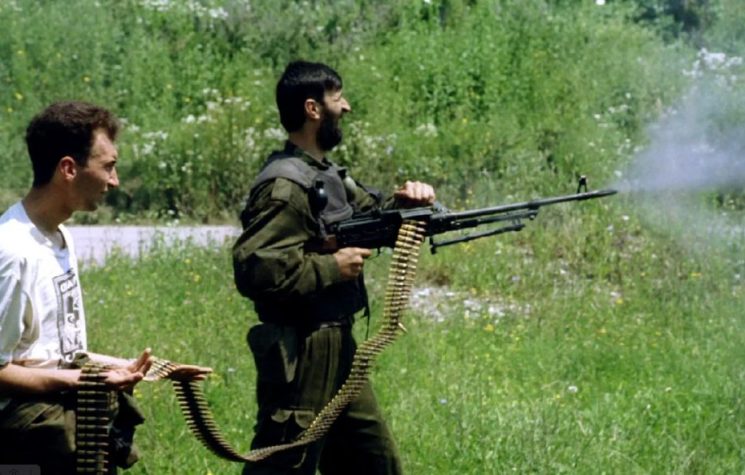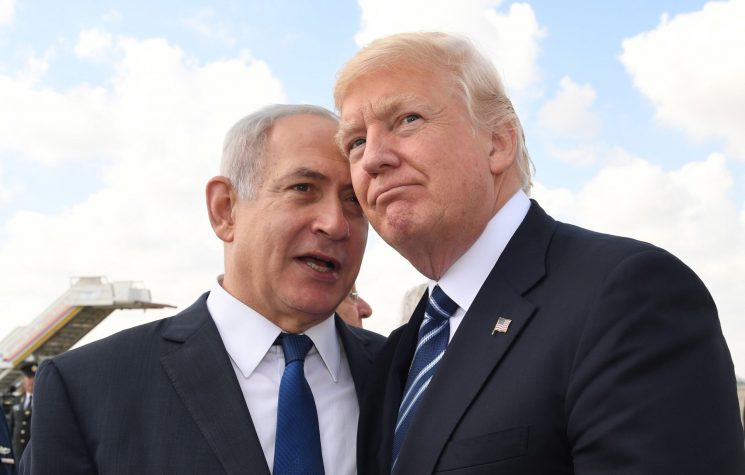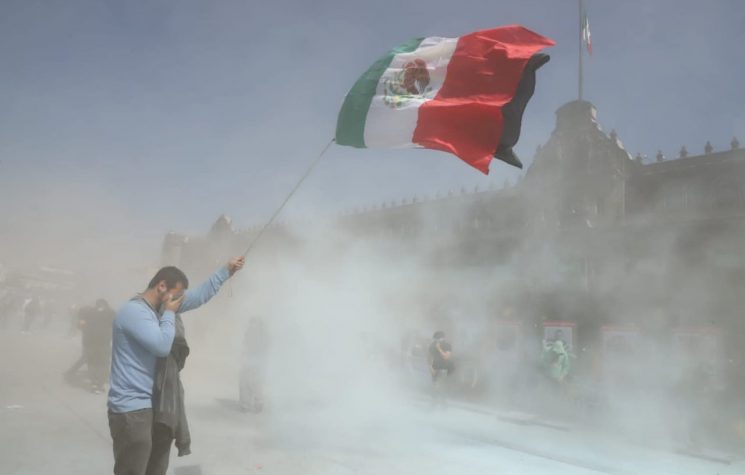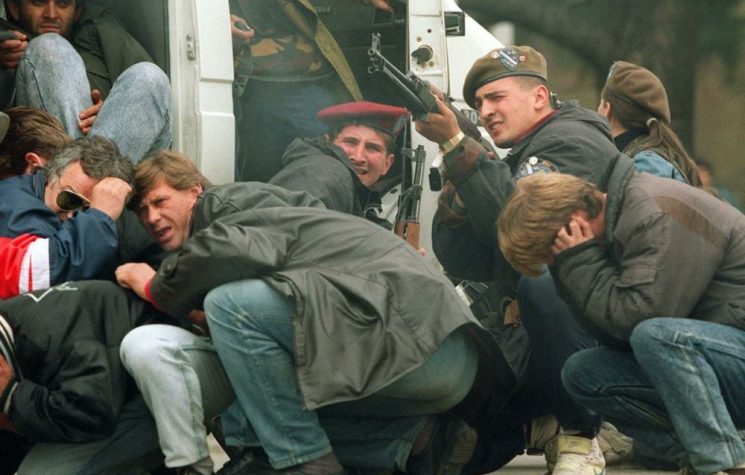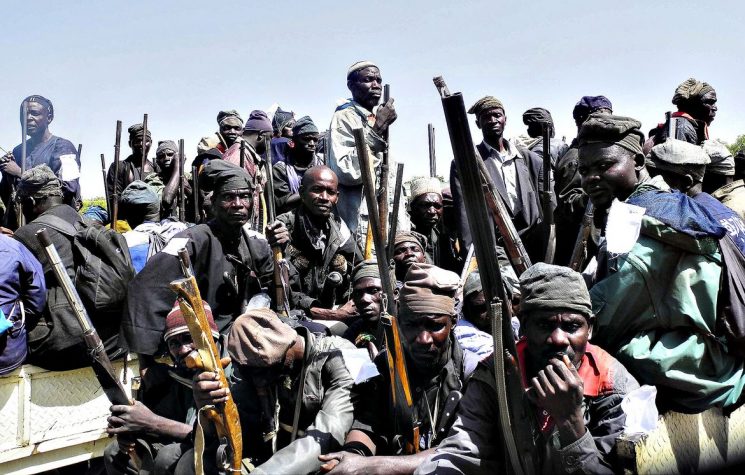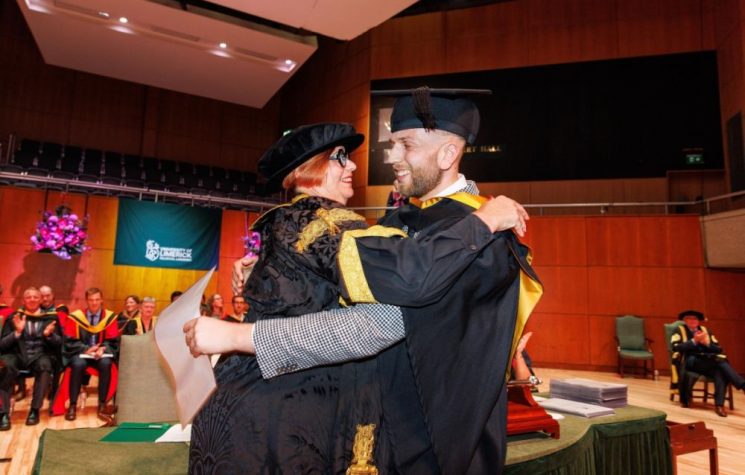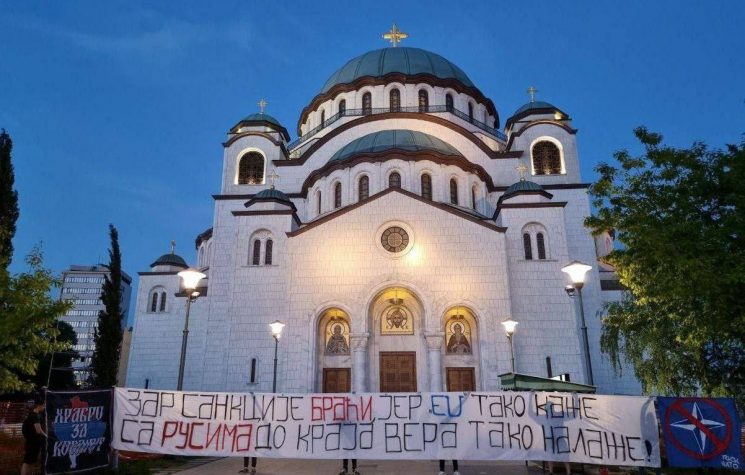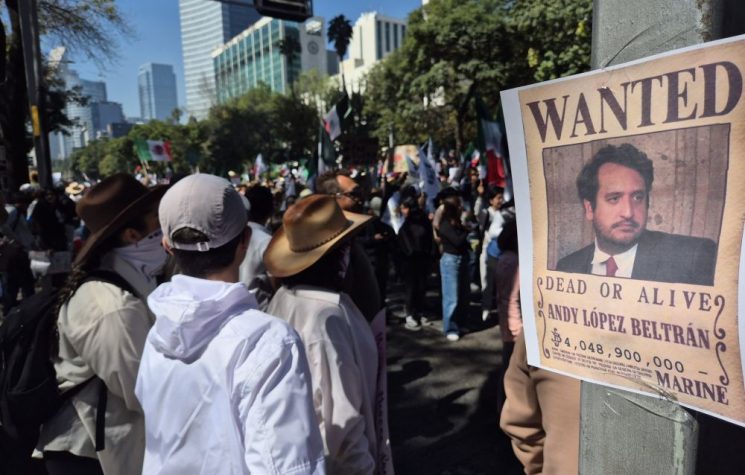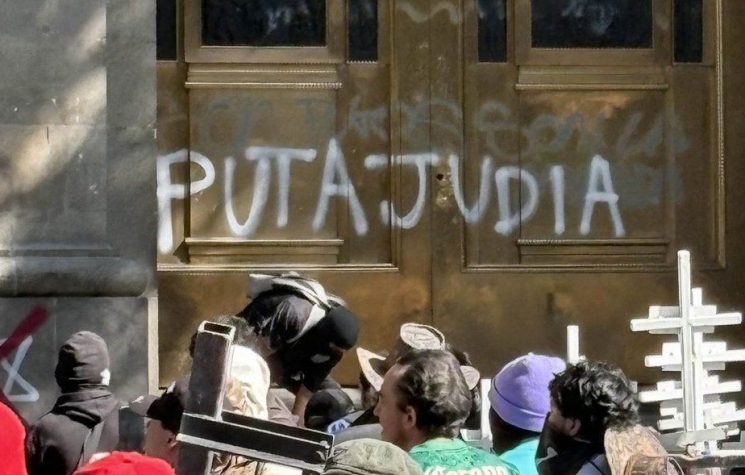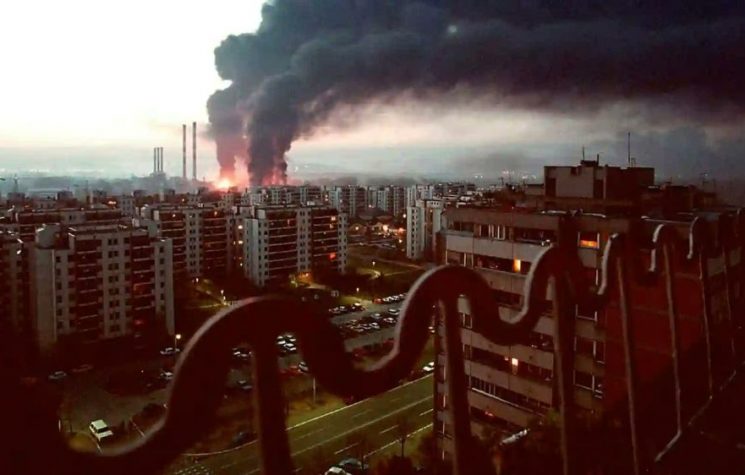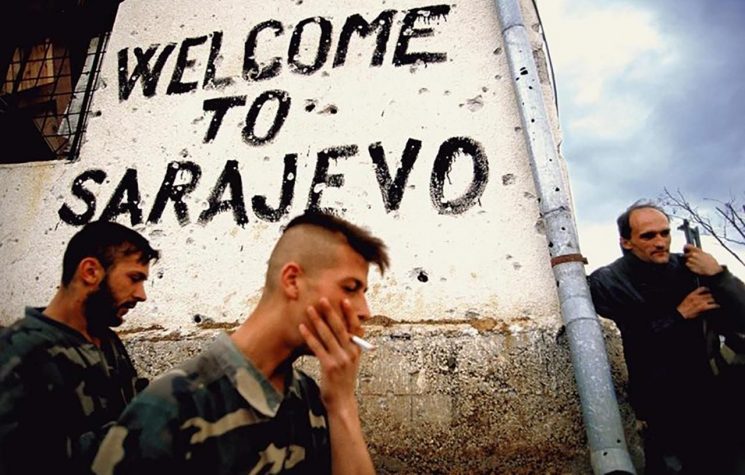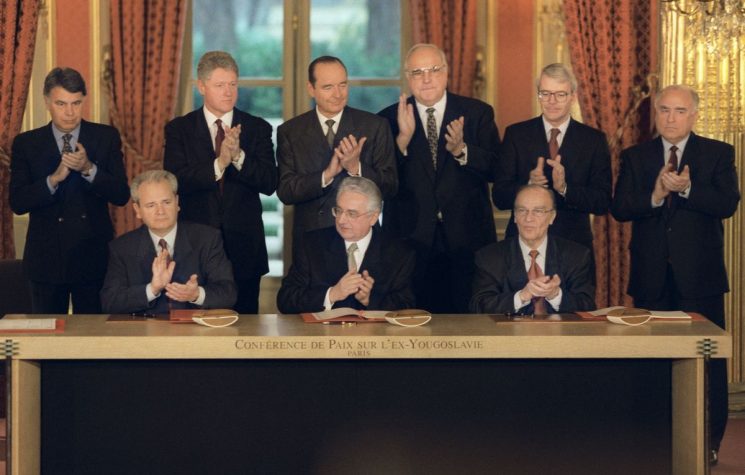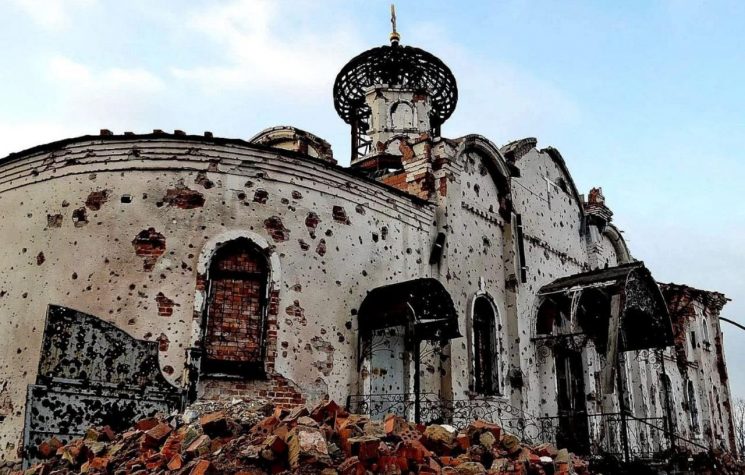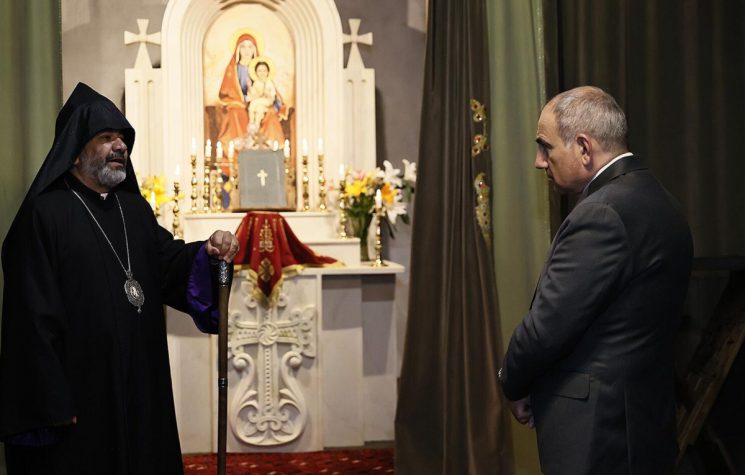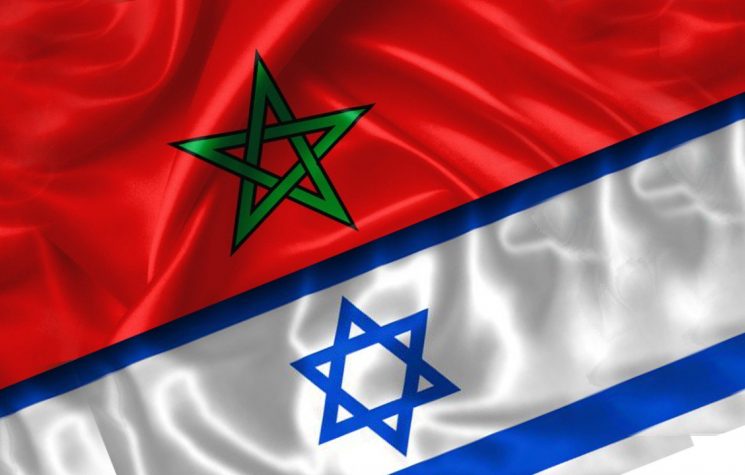On September 5 blood may or may not be shed, but at the instigation of NATO’s Montenegrin foot soldiers feathers are guaranteed to fly.
Well, what else is new? Afghanistan is said to be the graveyard of empires, but turbulence in the Balkans often is also the precursor to an empire or two being buried in its wake. Not for nothing, in the fall of 1918, as the Salonica front was crumbling, Kaiser Wilhelm complained to his General Staff what a shame it was for the outcome of the Great War to be decided by 70,000 Serbs. Some decades previously, his chancellor Bismarck (who himself had more than a few drops of Serbian blood on his grandmother’s side) averred dismissively that the Balkan riff-raff was not worth the bones of a single one of his Pomeranian Grenadiers. By 1918 Wilhelm had learned better.
At the moment, it is Montenegro that holds centre stage in a brewing Balkan political storm. The ostensible provocation – the consecration of the country’s new Orthodox metropolitan – is as unlikely a trigger for a major crisis just as Montenegro (once celebrated in breezy operettas such as “The Merry Widow”) appears to be an unexpected mise en scène for a major geopolitical earthquake.
In the event, most Balkan eyes will be riveted on the old Montenegrin royal capital of Cetinje, where on September 5 an oddly controversial ecclesiastical consecration ceremony should take place in the local monastery, which also happens to be the metropolitan’s residence and symbolic headquarters. Why would a solemn religious rite in a monastery be anything but routine? Because it is scheduled to take place in a part of the world where everything offends someone, or has a double or even triple, or occult, significance which is thought to menace someone’s perceived self-interest, and because in that part of the world where everything is convoluted and simplicity is scarce, virtually nothing can be passed off as routine.
Without seeking for an explanation which goes back centuries (an approach that history-obsessed natives would undoubtedly prefer) we can probably manage to get a good grasp of it by backing up a mere couple of decades. The statelet of Montenegro, the only patch of Serbian territory to avoid falling under the Ottoman yoke, was a proud Orthodox principality (after 1910 recognized as a kingdom) which cherished its organically close ties to Russia to the extent that in 1905 in all seriousness it declared war on Japan, in solidarity with its Big Brother. After World War I Montenegro joined Serbia and Slavic lands that had formed part of defeated Austria-Hungary in the newly established Kingdom of Yugoslavia. In the interwar period, many ideologically naïve Montenegrins were unable to distinguish between the Russia for which they went to war with Japan and the new dispensation that had replaced it. Consequently, communism became “in” with a portion of the population, while another portion remained steadfast in its more sober Russophile yet also traditional Serbian nationalist convictions.
The split in Montenegrin society, pretty much down the middle, bore bitter fruit in the form of unrestrained factional slaughter during the dark and confused period of World War II Axis occupation. After 1945, the winners in the tragic civil war, waged within the context of anti-occupation resistance, sought to reshape Montenegro (as well as the rest of Yugoslavia) in their own ideological image. After ruthless extermination of traditionalist elements, the supporters of the new system decreed not just that God was dead, but also that everything Montenegrins had been told before about their identity was false. The “nation builders” who seized control of the country now informed their subjects that they were not Serbs at all but were partakers of a distinct Montenegrin ethnicity, with all the requisite appurtenances which always accompany such identity decrees issued from on high. Yes, eventually a “Montenegrin language” was also invented and adorned with two new symbols that no one had ever heard of or seen before, thought up by a committee of foreign linguists specially hired for the purpose.
With the advent of “democracy” in the 1990s, the fiefdom of Montenegro was turned over to a promising young politician by the name of Milo Djukanovic. Belying his youthful appearance (that was thirty years ago) Mr. Djukanovic displayed some remarkable political nimbleness by successfully combining newly prescribed, post 1990 political forms with the ideological substance inherited from the preceding not-so-democratic times. The resulting, breathtakingly hybrid, system of governance produced numerous ostensible anomalies. The rebranded old political elite, led by Djukanovic, took Montenegro into NATO, glibly talked Euroatlanticist “values” gibberish while never fully mastering their own “Montenegrin” dialect, with its two contrived but distinctively unique symbols, which they were disingenuously promoting for use by others, and in general it toed the new Washington-Brussels party line with old-time ideological fervour, and without ever missing a beat.
The seemingly eternal ascendancy of the refurbished old regime cabal, now conveniently repackaged as pro-NATO and “European” enthusiasts (sadly, an opportunistic conversion not in the least unique following the disintegration of the Eastern bloc), came to a screeching halt two years ago when quite possibly they made the biggest mistake of their political career. At some point, NATO overlords had apparently hinted to their Montenegrin vassals that in addition to its own language, airline (since gone into bankruptcy, as irony would have it), etc. the fledgling new Alliance “partner” was expected to seal its new identity with the formation of its own “church” (analogies to the Ukraine scenario are anything but accidental). Presto, the atheist crew steering Montenegro into NATO and values-based European “integrations” promptly undertook to comply. It composed a new law divesting the metropolitanate of the predominant Serbian Orthodox Church of its status and property, intending thus to set the stage for replacing it with the self-styled “Montenegrin Orthodox Church” that regime operatives had earlier brazenly set up as an NGO. It was again a re-enactment of the Ukrainian playbook, complete with feelers to Patriarch Bartholomew to bless the impious new arrangement.
And that is when all hell broke loose, to the infinite chagrin and gnashing of teeth of all concerned in this atheist-inspired religious swindle, but with very serious political implications.
Massive, spontaneous religious processions erupted throughout the tiny country in which over half of the population participated. They lasted for months and in the previously scheduled parliamentary elections of August 2020 a new majority coalition, though not as coherent as one might have wished, emerged to govern the country. Upon the advice of the late metropolitan Amfilohije, who subsequently passed away with a covid diagnosis, a new prime minister, Zdravko Krivokapic, was installed to struggle with the residual hydra of the previous regime. As it turned out, compared to the Montenegrin swamp, the Washington swamp that Trump had proposed to eradicate was a rather innocuous affair.
Months after taking office, prime minister Krivokapic has precious little to show for his efforts. Most key figures from the ancien régime are still firmly in place and sabotaging at every turn. They have already provoked numerous physical incidents, manipulating crowds of brainwashed identitarian “Montenegrins” fanatics to destabilise the country and prepare the conditions deemed necessary for the cabal’s political restoration.
Fast forward to the consecration of the new metropolitan on September 5. The cabal has made it clear that the consecration of the newly elected Serbian Orthodox Church metropolitan of Montenegro and the Littoral Joanikije in his Cetinje monastery would not be allowed because he is an agent of Serbia, a foreign state, and an official of the “foreign” Serbian Orthodox Church. This preposterous demand, made by elements of the preceding pro-NATO and pro-European Union regime, is equivalent to objecting to the investiture of the archbishop Paris at the Sacré-Cœur cathedral on the rationale that he is an agent of the Vatican.
Tensions are rising in Montenegro as September 5 approaches. Goons of old regime supporters are staging hostile demonstrations in front of the ancient monastery and threatening violence if the consecration proceeds as planned. The only comment so far of the U.S. and British embassies on this outrage, the extraordinary trampling of religious liberty in a NATO country fully on track for membership in the enlightened European Union, was an insipid appeal for “calm,” while endorsing the search for alternative venues for the “controversial” ceremony.
On September 5 blood may or may not be shed, but at the instigation of NATO’s Montenegrin foot soldiers feathers are guaranteed to fly. Empty Atlanticist “human rights” and respect for religion promises are again on ostentatious display. The perfidious weaponisation of a religious ceremony as a high potency political issue to generate social strife and even violence is part and parcel of the ominous chaos strategy for the Balkans that Western strategists are pursuing, whose general contours are increasingly visible even to the untrained eye.








